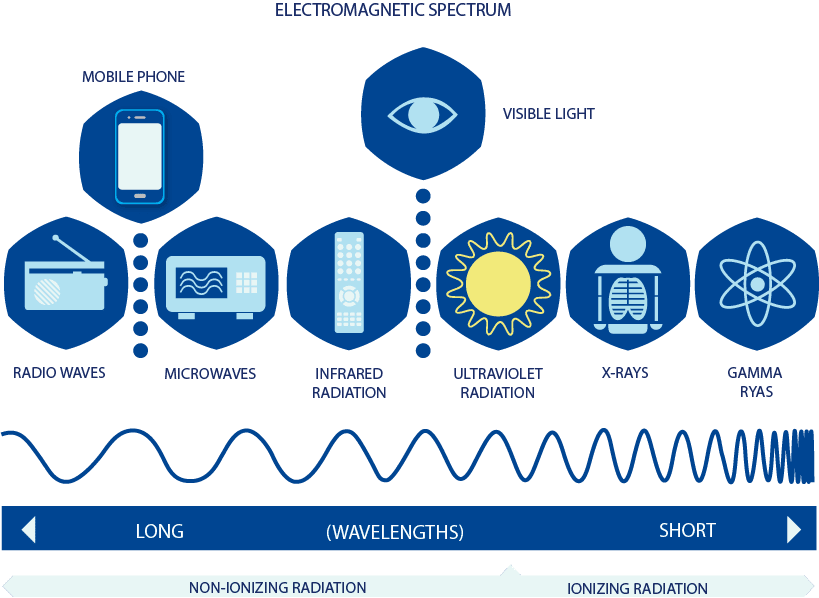The health risks of 5G radiation are still being debated, however one study has suggested the connection between RF radiation and cancer in male rats. The study was classified up until it was taken off the list on the 12th of December 2012 by the Central Intelligence Agency, but it demonstrates that radiofrequency could trigger cancerous growth in animal, which includes humans. Researchers exposed male rats to radiofrequency for 15 days , and discovered that they developed the same kinds of cancers that humans develop.
Health impacts of 5G radiation
Although the rapid growth of wireless communications have led to development of 5G systems, there are growing concerns regarding the health effects of 5G radiation. While higher frequencies do not penetrate the body as deeply as older technologies, scientists have identified potential systemic impacts and are calling for further studies. To ensure that the population is protected to protect the population, it is the European Commission is requesting independent studies to determine whether the technology poses any health hazards.
It is crucial to remember that there's a large amount of misunderstanding about 5G's health impacts, and it is essential to clear any misunderstandings that may persist. Although the technology isn't yet widespread however, there are plenty of people who are being told that it can cause health problems mostly through social networks where sensational language is used.
Beamforming technique
Beamforming is among the most vital technologies in five-G networks. It is a technique that makes use of multiple radiating elements to generate a narrow beam. The purpose of beamforming is to minimize any unwanted radiation in the signal that results. This method is widely employed in wireless communication systems, and is essential for 5G's low-cost coverage.

The method involves electronically weighing the signals of each antenna. This produces a smaller beam of radiation which increases cell coverage indoors and at cell edges. This is essential because poor coverage can result in lower user satisfaction. In addition to improving the signal, beamforming helps reduce the amount of noise a user receives from other devices.
Power density
The intensity of 5G radiation generated by cell towers is similar to that of previous generations of 4G and 3G systems. The reason for the lower power is the sensitiveness of electronic components. 5g towers radiation of a 2G handset was about 2 Watts. The output of a 4G phone was approximate 200 milliwatts.
The power density is a measure of how much electromagnetic energy is absorbed by the body at a certain distance. Its power density in radiation 5g is usually expressed in watts per square metres. Contrary to the SAR measurement power density is a measurement of the quantity of electromagnetic energy within an area. The power density limits may differ for mobile devices and wearables according to their operating frequencies and distance.
5g radiation symptoms (SAR) can be described as a measure that determines the speed at which a certain frequency depositions power in human tissues. In general, a SAR value should not exceed two watts per kilogram body mass. This figure is derived by the electrical field present within tissues and the mass density, measured in kilograms per cubic meters. It was recently applied to the proposed antenna design.
The latest radio technologies that make up the network 5G operate on frequencies that are lower than 6 GHz. These frequencies are also known in millimeter waves. However, The FCC's SAR compliance program is only applicable to frequencies that are up to 6 GHz. Furthermore, the SAR test requires that measurements be performed with phantoms made of tissue simulating media.
Skin health effects
At present, we have no information on the effects of radiation from 5G on the skin. The current knowledge is limited because of the lack of in-vivo experiments and theoretic models. However, there is an urgent need for further studies of the effects of 5G radio frequency radiation on human skin. The use of 5G radio frequencies could cause damage to the skin, especially to the epidermis, one of the most sensitive parts.
Contrary to 4G, 5G's radiation is a high frequency that has been found to cause heat to human tissues. Human bodies are dipolar, which means that the higher frequency of 5G radio waves could cause heat to the skin. The exposure to radio frequencies from 5G may also affect other organs in the body, such as the brain.
